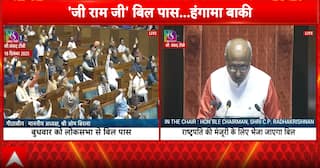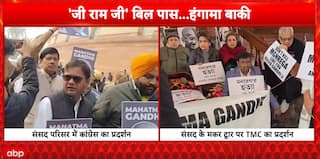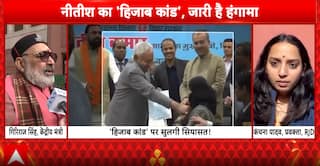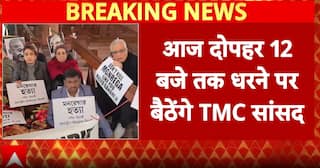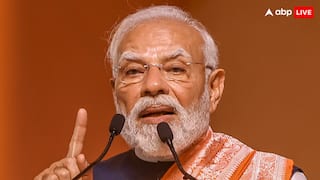Explorer
All-India Judicial Service is a good reform idea, go for it

The Supreme Court has set the cat among the pigeons by mooting a proposal to create an All India Judicial Service (AIJS) for the recruitment of judges to the lower judiciary. Image: File photo
The Supreme Court has set the cat among the pigeons by mooting a proposal to create an All India Judicial Service (AIJS) for the recruitment of judges to the lower judiciary. This would roughly be on the lines of the Indian Administrative Service and other all-India Services. The idea has attracted both criticism and praise and is being fervently debated even as the apex court is yet to give a final say.
Like most judicial reform initiatives, the AIJS suggestion too is an old one. The Law Commission of India has in its past reports pushed for the proposal. In its 116th report dated November 27, 1986, the panel said, “Having regard to all the aspects of the matter and having regard to the deleterious effects visible on the State Judicial Services, it is time that an all-India judicial service is set up. It is so recommended.” The Law Commission had come to this conclusion after detailing the pros and cons of the proposal, discussing issues such as the pay scales, the apex body to supervise the proposed service’s functioning, seniority rules etc. The first time the panel had mooted the proposal was back in the 1950s.
The apex court itself had on at least two occasions, once in 1991 and again 1992 in the All India Judges case, endorsed the created of an AIJS. Besides, the Parliamentary Standing Committee in its 64th report on Law and Justice, had recommended the setting up of the all-India service and asked the Union Ministry of Law and Justice to take appropriate action.
More recently, taking suo motu notice of a letter that the Centre wrote to it, the Supreme Court came out in strong support of such a test. A three-judge Bench headed by Chief Justice of India JS Khehar said a common test for recruitment of judges to the lower judiciary could be conducted along the lines of NEET (for admission to medical colleges across the country).
Supporters of the common test have claimed many benefits. The first is that it will bring transparency to the selection of judges, which is now in the hands of the respective State High Courts. The second is that it will enhance the quality of the lower judiciary since the judges will be recruited on merit that is uniform across the country. The third is that it will do away with manipulations that are often alleged in the appointment of judges to the lower judiciary. The fourth is that, quality of judges becoming better at the lower levels will reflect in the higher judiciary since there will be greater prospects of the lower court judges rising up the ranks to the higher judicial positions.
But the suggestion has run into turbulent waters and both the Centre and the apex court have a difficult task ahead. At least nine High Courts have opposed the idea while only two have so far openly supported it. Eight High Courts have demanded a changes in the proposed framework. A couple of High Courts have not even bothered to respond. The Law Ministry has forwarded the feedback to a parliamentary panel on Law and Justice. Clearly, the High Courts do not want to lose administrative control over the selection of judges to the lower judiciary.
The opposition to a common test, however, is based not just on the mere fear of losing control. Many experts believe that an All India Judicial Service to select district judges does not address the core problems the lower judiciary faces. Their arguments are as follows:
First, the poor quality of judges at the lower judiciary is because the Bar Council of India has mismanaged legal education in the country. There are only a few good law schools in the country and most of them are state-funded. It has led to a scarce talent pool. This issue does not get resolved through the AIJS.
Second, the pay scales at the lower judiciary level remain abysmally low and have been an obstacle in attracting good talent. For instance, an entry level law graduate recruit in a major law firm can hope to earn at least three times more than what a civil judge at the junior division gets. The AIJS is of no relief here.
Third, lower pay scale could be compensated, as it is in other all-India services such as the IAS, with perks and attractive career advancements. But this is not the case with district judges who have little motivation to enhance their skills, as promotional avenues are few. A recent survey indicated that less than one-third of the seats in High Courts are filled by district cadre judges.
Critics of the proposed creation of the AIJS also believe that an All India Judicial Service will shut out the less socially and economically privileged candidates who have had few opportunities to be able to qualify for the test.
The counter argument is that, since all-India tests have not been unfair to the less privileged candidates, it would be unfair to pre-judge the AIJS. Besides, an an-India service would tackle the problems of low pay scales and have a clear roadmap for career advancements.
Conflicting opinions will remain till the Supreme Court takes a final call — and maybe they will continue even after it does so. But on the face of it, the idea of AIJS is worth a favourable consideration.
(The writer is a senior political commentator and public affairs analyst)
Disclaimer: The opinions, beliefs and views expressed by the various authors and forum participants on this website are personal and do not reflect the opinions, beliefs and views of ABP News Network Pvt Ltd.
Follow Blog News on ABP Live for more latest stories and trending topics. Watch breaking news and top headlines online on ABP News LIVE TV
View More








